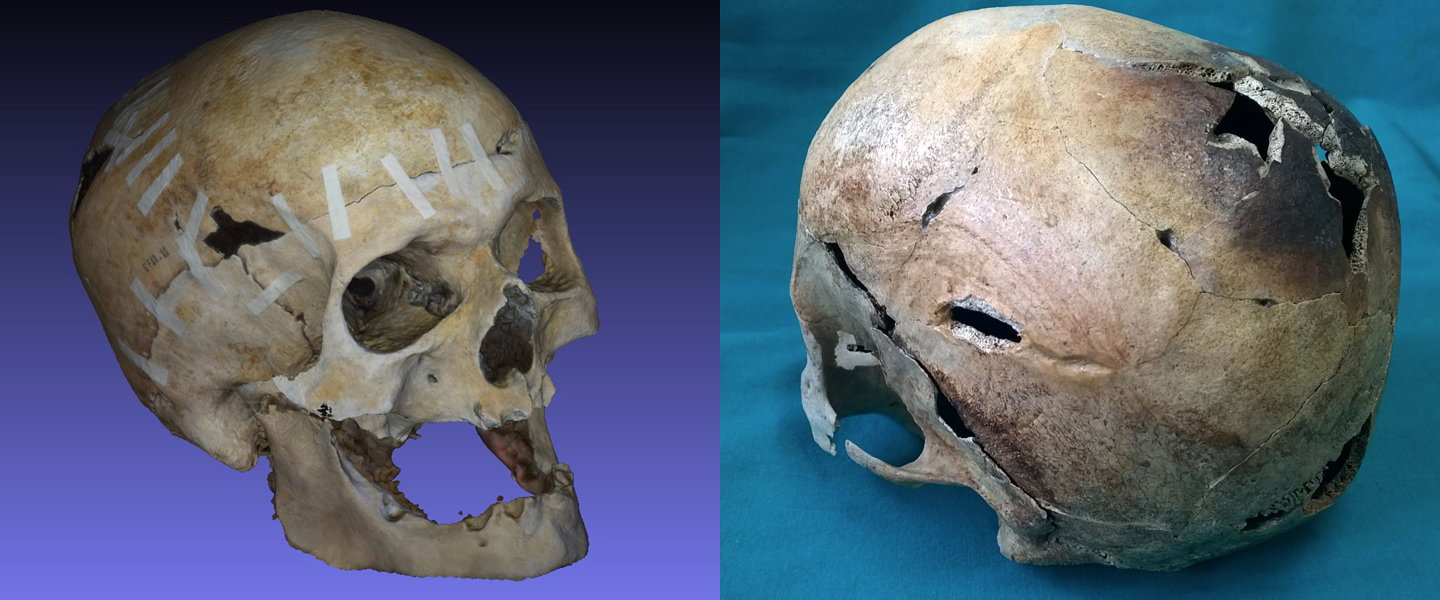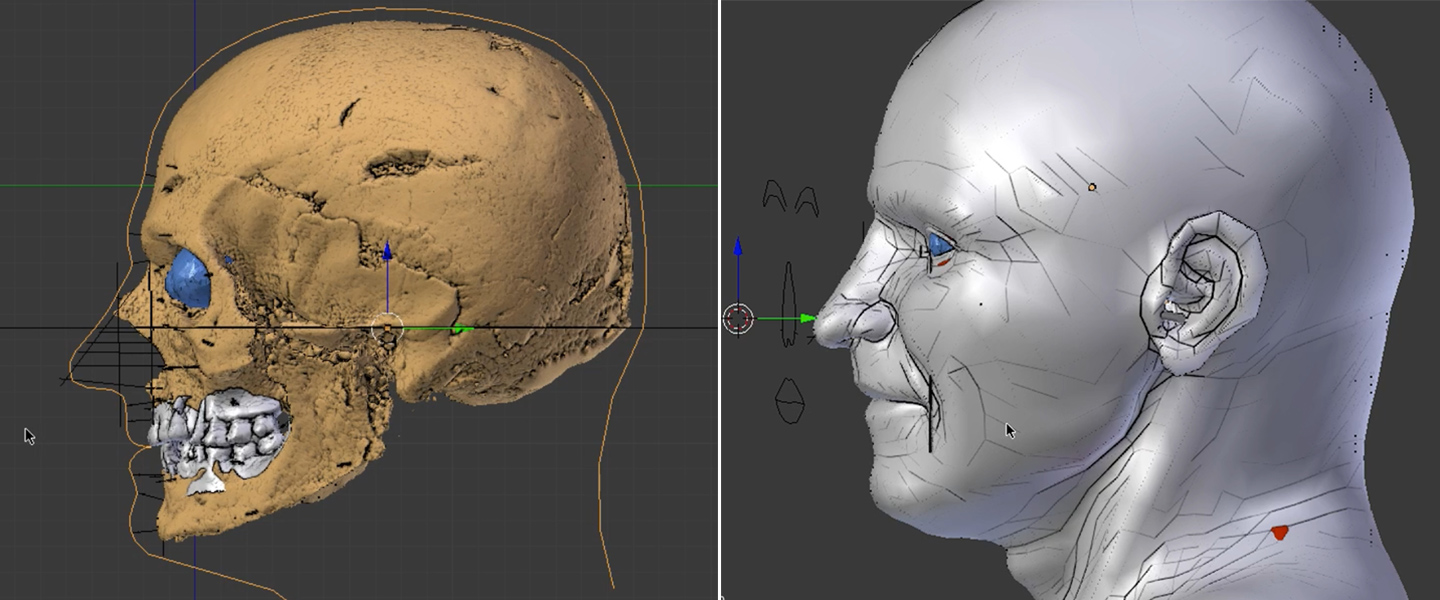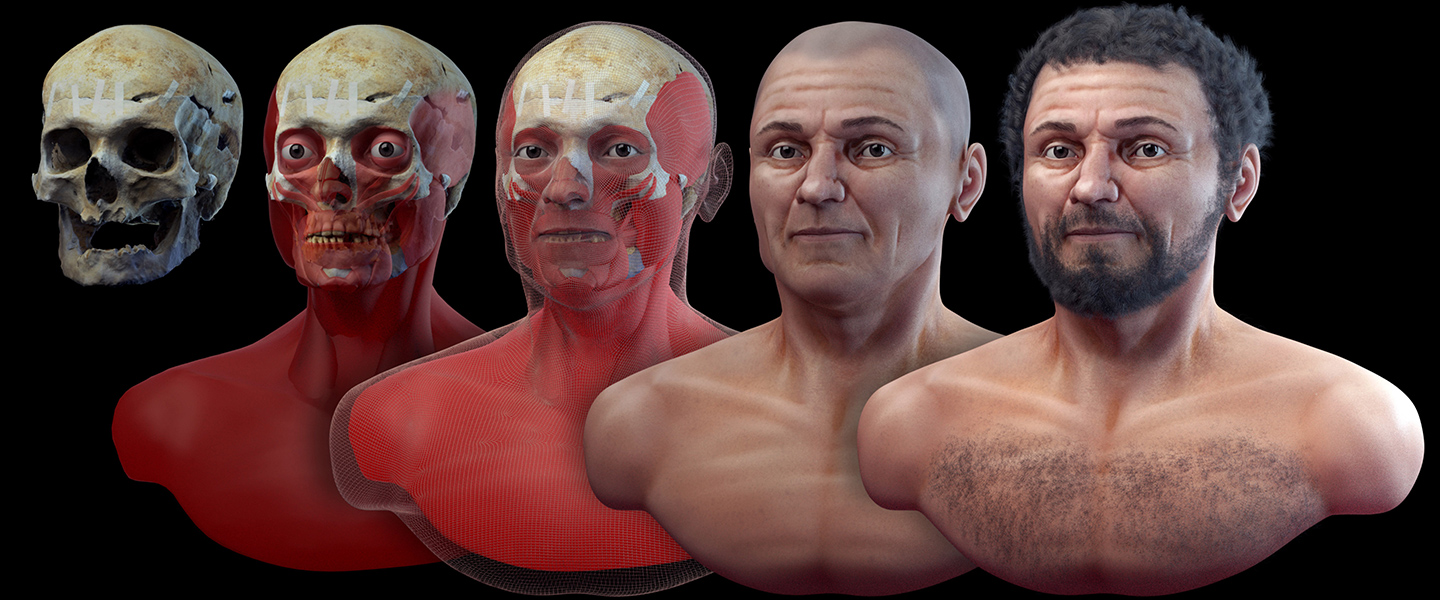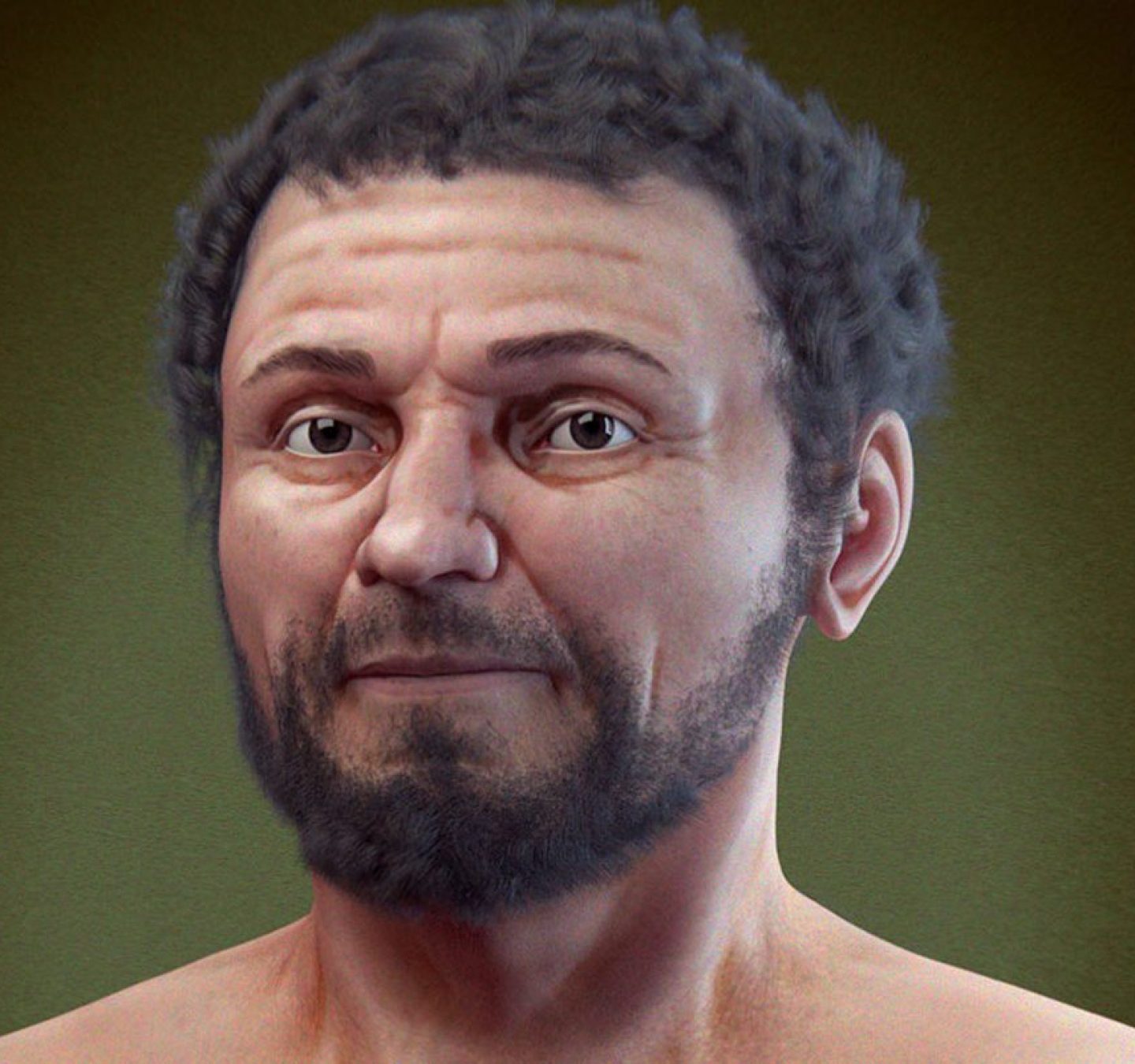Thanks to 3-D imaging, scientists have reconstructed the pulverized skull of a victim of Mount Vesuvius, putting a human face on a 2,000 year-old natural disaster.
It is the first real-life facial reconstruction of someone who lived in the ill-fated seaside town of Herculaneum. The digitally enhanced face bears a striking resemblance to modern day southern Europeans. Scientists also suspect the man may have been wealthy and educated because he was 50 years old when he died—an unusual milestone for that era.

He was one of 350 casualties discovered frozen in time, buried under volcanic ash. Every single resident of the town perished instantly when the southern Italian town was hit by a 500°C pyroclastic hot surge in 79 AD.

The unveiling of the Herculaneum man’s face marks the start of a collaboration between scientists in Italy and Brazil that aims to show how the latest technology can invigorate the archaeological and cultural heritage of a country.
“This is the beginning of what we’re hoping will be an on-going project to reveal the faces of the ancient Roman inhabitants of Herculaneum and Pompeii,” said Italian 3-D graphic designer Gianfranco Quaranta, who is leading the initiative as part of the Association for Research and Education in Art, Archaeology and Architecture (AREA3).
“By revealing a snapshot of life at the moment it expires, we can learn more about the people who died,” Quaranta said. The process began with Quaranta taking around 150 photos with a 3D camera, from all angles of the skull. He then emailed the photos to his counterpart in Brazil, who used photogrammetry software to extract the 3D geometric information and create realistic features.
“It is a complicated process, but rewarding when you see the final face appear,” Quaranta said. “The face of a Pompeii citizen may be the next one to be revealed.”


This article was featured in the InsideHook newsletter. Sign up now.






















